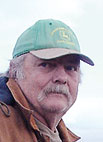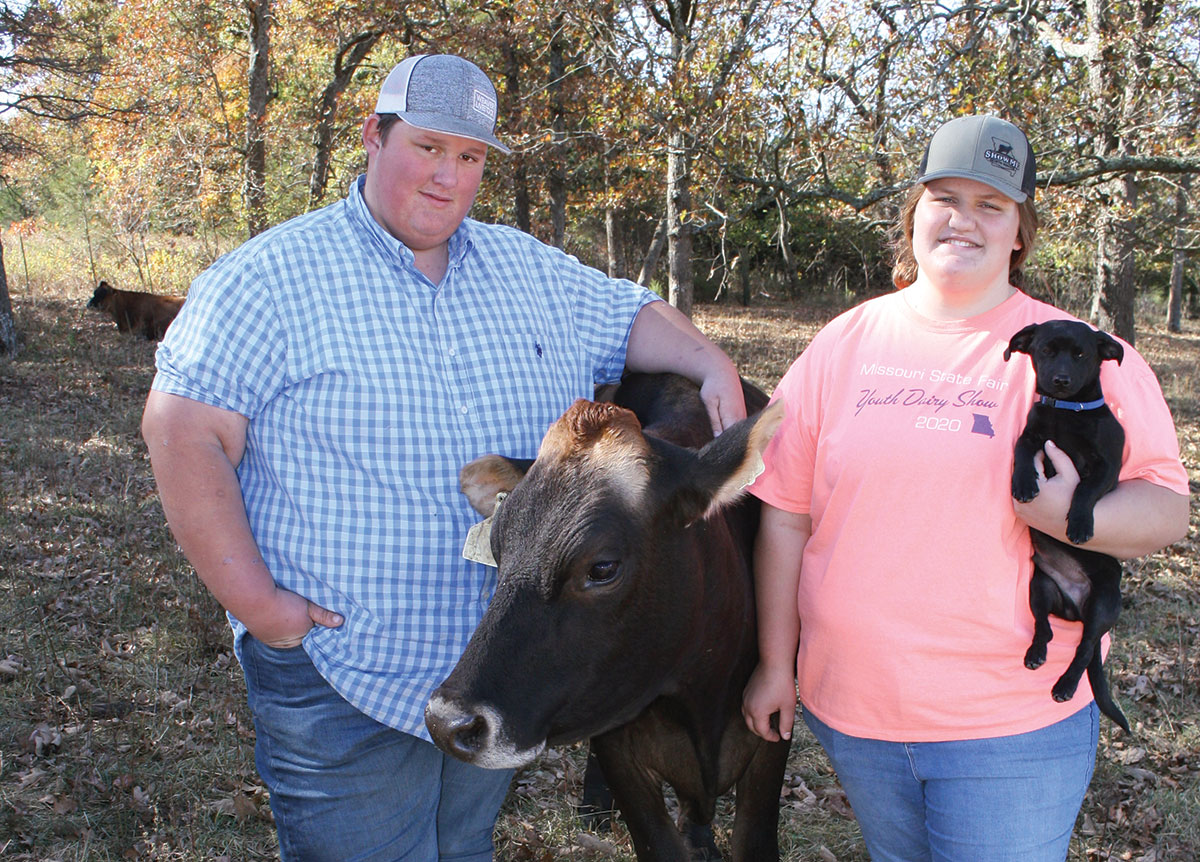 Ask Fred and Linda Schupbach of Ozark, Mo., what they think of their Dorper cross sheep and they’ll tell you that Dorpers make better mothers, sell at a better price and have minimal birth problems. Six years ago, Fred and Linda began their journey with meat sheep as a bit of an experiment; today, what started out as a group of nine sheep has grown into a healthy flock of 140 head that Fred and Linda are very proud of. “We really like the sheep,” Linda said. The sheep flock shares the Schupbach’s Lone Pine Ranch with 40 head of Boer goats, three cows, four Missouri Foxtrotters and one pony, a flock of guineas, two guard dogs and two female Border Collies, Kempee and Cricket, who are trained to herd the sheep.
Ask Fred and Linda Schupbach of Ozark, Mo., what they think of their Dorper cross sheep and they’ll tell you that Dorpers make better mothers, sell at a better price and have minimal birth problems. Six years ago, Fred and Linda began their journey with meat sheep as a bit of an experiment; today, what started out as a group of nine sheep has grown into a healthy flock of 140 head that Fred and Linda are very proud of. “We really like the sheep,” Linda said. The sheep flock shares the Schupbach’s Lone Pine Ranch with 40 head of Boer goats, three cows, four Missouri Foxtrotters and one pony, a flock of guineas, two guard dogs and two female Border Collies, Kempee and Cricket, who are trained to herd the sheep.
The high-quality carcass of the Dorper is what initially drew Fred and Linda to the breed. They noticed that fat lamb prices were quite a bit higher than the price for goats, so they purchased their first nine sheep – and they have had great success.
The Dorper sheep at Lone Pine Ranch have a rotational grazing feeding program. Fred and Linda have 11 pastures that the sheep are cycled through on a seven-day basis. The pastures are easily accessible by tractor are seeded with clover, and the other items on the forage buffet for the sheep are fescue and native grasses like Indiangrass, Big Bluestem and Little Bluestem, as well as acorns, multiflora rose and other brush. “I think that meat sheep have the ability to do better on browse than wool sheep,” Fred said. As often as possible and when the growing conditions cooperate, Fred likes to stockpile fescue to graze the sheep on in the wintertime. The flock also receives salt and mineral blocks, as well as molasses lick tubs when needed. If stockpiled fescue is not available in the colder months, Fred feeds good quality alfalfa hay, and some corn for extra warmth.
Fred and Linda have experienced some tremendous benefits from their rotational grazing practices – the grass in the pastures comes back faster with more volume, Fred noted. There are also lower numbers of parasites in pastures that have been managed this way. And better pastures mean better livestock; the sheep gain weight faster, are easier to handle, and have fewer parasite problems. When it comes time to move the sheep to fresh pasture, Linda said all they have to do is open up the gate. “They more or less move themselves,” she laughed.
The sheep at Lone Pine Ranch are drenched twice a year for parasites, and treated once a year for ticks. Fred emphasizes the importance of rotating drenches to avoid developing parasites with a resistance to a particular drench – cycling through about four different types of drenches keeps the animals healthy. Once a year, Fred also vaccinates his lambs for blackleg and tetanus. He likes to manage his breeding calendar for the flock so that the lambs are ready for market in February. The sheep are marketed through the Buffalo Livestock Market in Buffalo, Mo.
Fred and Linda enjoy every minute spent working with their sheep. What started out as only nine sheep has turned into a worthwhile endeavor for the Schupbaches, and they plan to continue the adventure on into the future.







